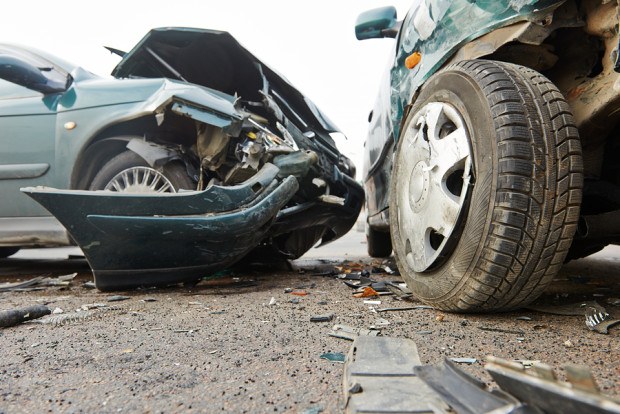Personal auto insurance has become more affordable over the last three decades for all income groups, according to a new report from the Insurance Research Council (IRC).
The average U.S. consumer today spends between 1.5 percent and 1.6 percent of their income on auto insurance—that’s down from about 1.9 percent in the 1990s and represents an 11 percent affordability improvement from decade to decade.
The IRC study also showed that the degree of improvement in auto insurance affordability is not being witnessed in other critical industries.
The study, “Trends in Auto Insurance Affordability,” used an auto insurance expenditure-to-income ratio to analyze auto insurance affordability. IRC performed the calculations using insurance expenditure data from the National Association of Insurance Commissioners as well as the Bureau of Labor Statistics Consumer Expenditure Survey.
The study included state estimates indicating that auto insurance affordability has also been improving in most states. All but five experienced improved affordability from the 1990s to the 2000s, and all but four have shown an improvement in affordability between the 2000s and the present.
The least affordable states for personal auto insurance:
- Louisiana (2.85 percent of income)
- Florida (2.45 percent)
- New York (2.42 percent)
- Delaware (2.18 percent)
- Michigan (2.10 percent)
The most affordable states for personal auto insurance:
- North Dakota (1.03 percent of income)
- Iowa (1.05 percent)
- New Hampshire (1.06 percent)
- Virginia (1.07 percent)
- Wyoming (1.08 percent)





















 Viewpoint: You’re at a Competitive Disadvantage If You’re Not Innovating
Viewpoint: You’re at a Competitive Disadvantage If You’re Not Innovating  La Nina 60% Likely to Develop Between June-August
La Nina 60% Likely to Develop Between June-August  USAA to Lay Off 220 Employees
USAA to Lay Off 220 Employees  Time-Tested Loss Reserving Methods Challenged: AM Best
Time-Tested Loss Reserving Methods Challenged: AM Best 



